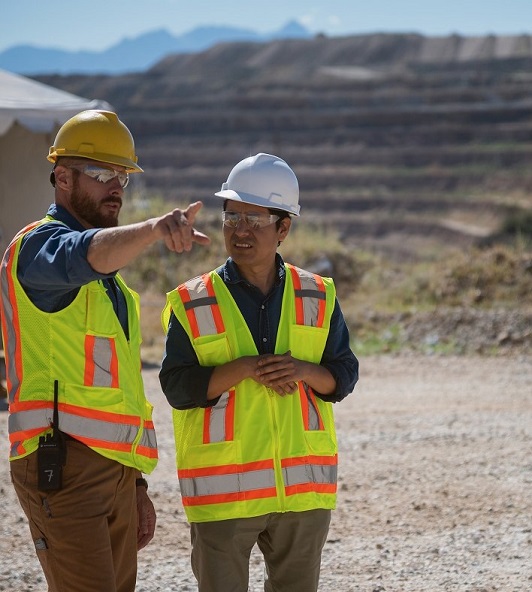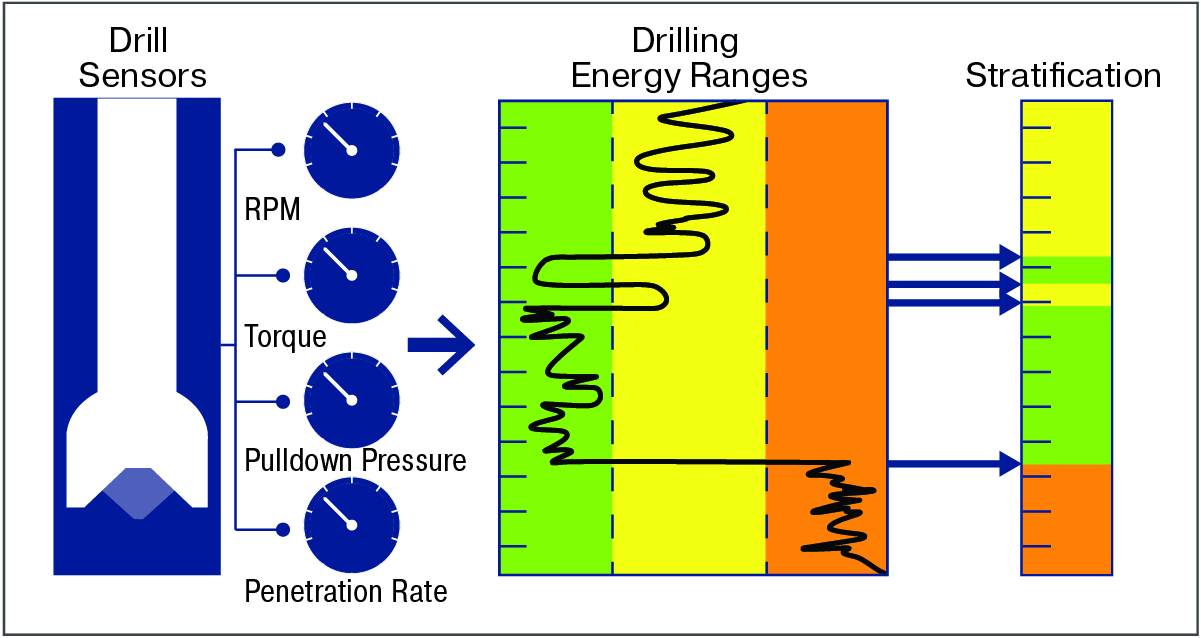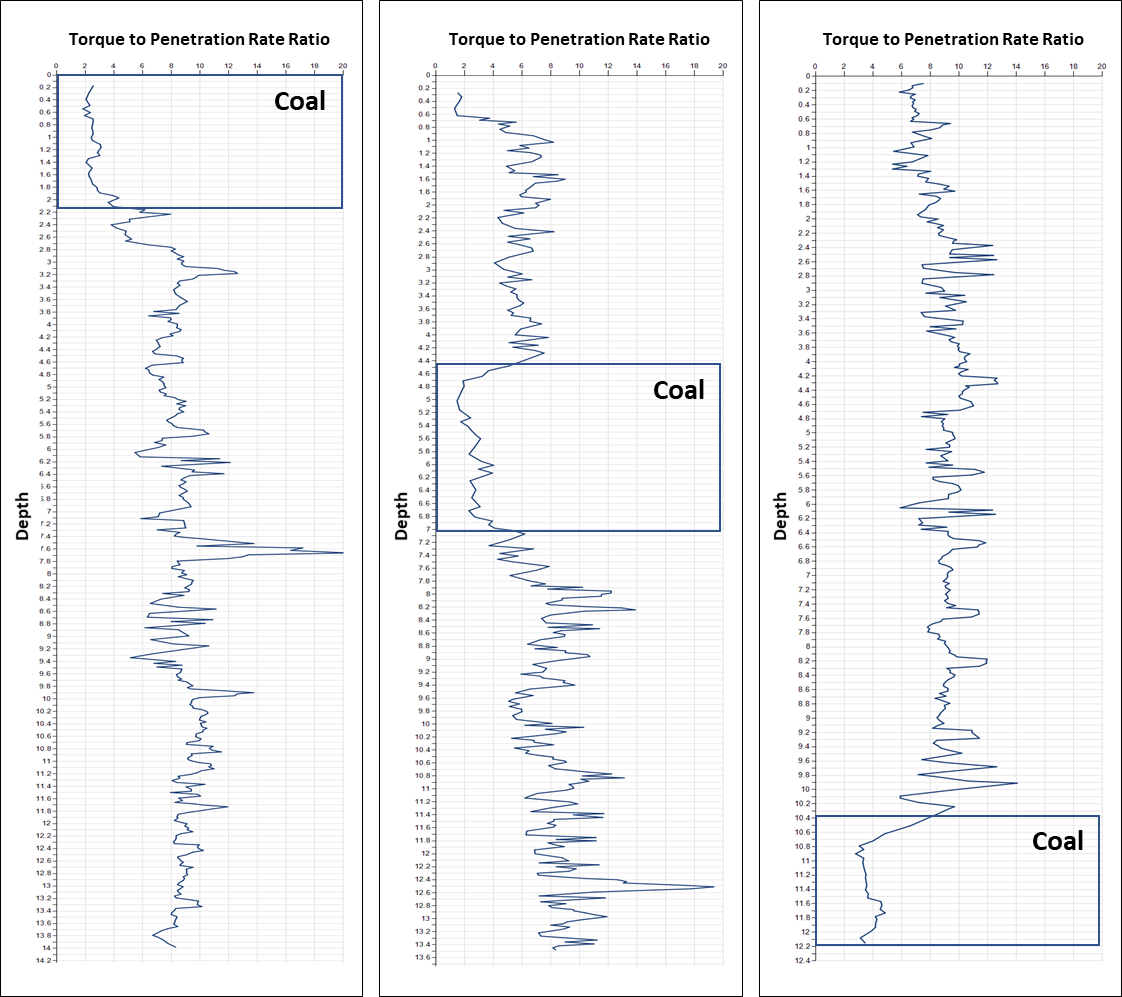Indonesia Coal Mine Significantly Increases Blast Efficiency by Automating Coal Seam Detection
To remain competitive in a tight market, a large coal mine in Indonesia regularly seeks to increase productivity and efficiency in all operational aspects. The mine has leveraged the DISPATCH® Fleet Management System since 1994 and introduced the ProVision® 3 Machine Guidance system for Drills in 2012.
LOCATION
Indonesia
OBJECTIVE
Increase productivity and efficiency of blast cycle
OUTCOME
33.3% reduction in time required for drill-charge-blast sequence

Challenge
The mine streamlines their mining sequence with through-seam blasting (TSB), which enables miners to blast through one or more coal seams in one single blast event. Since TSB typically requires drilling to a fixed depth in level benches across the pit, accurately identifying the coal seams’ location, depth, thickness, and other parameters is vital for optimal blasting.
Prior to Modular Mining’s involvement, the mine relied on manual gamma logging to identify the coal seams, but since they had only one gamma logging tool, were limited to executing a single TSB location each day. Additionally, gamma logging delayed the blasting process for 24 hours as a result of manual data capture and analysis required to identify the coal seam. Consequently, the mine’s drill-charge-blast sequence required a minimum of three full days to complete; the mine recognized that by speeding up this process they could significantly increase their productivity potential.
Solution
Since the mine already utilized the ProVision system for drills, Modular Mining’s Performance Assurance (PA) team, which visits customers on regularly-scheduled intervals to help maximize the value being delivered by their Modular Mining technologies, discussed the advantages of also leveraging the ProVision system’s drill hole stratification module.
Beyond its ability to improve blasting and fragmentation results, the stratification module improves a coal mine’s ability to accurately identify and locate coal seams by collecting data about such drilling factors as RPM, torque, air pressure, and amperage required to drill through material.
The system then uses this data to compile an energy profile for each drill hole; the energy profile correlates to rock hardness to automatically delineate the material strata in each hole. Since coal is soft and relatively easy to dig through, its energy profile varies dramatically from the harder material surrounding it, as can be seen in figure 1 at right.
After deploying the stratification module to the site’s ten drill rigs, the PA team leveraged the collected data to develop an automated report that identifies the mine’s coal seams and communicates estimated explosive requirements, for all drilled holes, to the blasting crew immediately.
Results
By leveraging data from the ProVision system for drills to identify their coal seam, the mine’s drill & blast team increased their TSB capacity ten-fold, from only one location daily through the gamma logging process, to up to ten locations simultaneously with the stratification module (one from each drill rig).
Additionally, the ProVision system helped the mine increase their drilling productivity by eliminating the 24-hour wait period for manual data collection and analysis; now, they can identify coal seams and prepare the required explosives immediately after drilling.
Since the new automated report sends explosive requirement estimations to the blaster crew immediately, the mine was also able to eliminate the manual calculation and handover process from Engineers in the office to the Blast Operations team in the field; all data now transmits instantly and automatically.
Conclusion
Prior to Modular Mining’s involvement, the mine’s complete drill-charge-blast sequence took at least three days to complete; by leveraging the ProVision system and thus eliminating the need for manual logging and processing, the mine now requires less than two days to complete the same sequence.
Benefits of Stratification
Optimizes Fragmentation
Stratification can improve blast-loading design, blasting performance, and dig-ability, all of which impact successful fragmentation. The ProVision system leverages data from geological patterns to send up-to-date blast patterns to equipment operators automatically.
Increases Coal Control
By significantly improving material fragmentation and accurately identifying coal seams, stratification can also reduce coal loss or dilution.
Reduces Safety Risks
Since stratification can improve blasting performance and blast-loading design, it can significantly reduce the amount of fly rock produced by explosives. Additionally, improved explosives management helps to reduce misfires and hole failures, and the ProVision system’s high-precision navigation provides accurate collar location, which ensures better compliance to plan while significantly reducing rework and field surveying.
Improves Final Pit Shape
Stratification can also reduce blasting back-break by allowing for more precise charge placement; this helps to ensure the accuracy, stability, and integrity of pit walls. Knowing the various material compositions (derived from the energy and hardness levels) also allows for more control around geotechnical structures and helps preserve the pit floor grade.
About the ProVision System for Drills
The ProVision Machine Guidance system provides open pit mines with high-precision positional accuracy up to one centimeter. This precise guidance helps increase total tons moved and improves material movement accuracy, while decreasing costs associated with working outside of the mine plan. The ProVision system for drills provides continuous onboard drill hole position navigation, depth, and angle to dramatically improve blast-hole drill rig efficiency, utilization, and compliance with the blast plan. Additionally, the high-precision GNSS navigation continuously guides operators through poor visibility and while working at night, further improving drill utilization and hole accuracy.
Since the ProVision system’s optional Drill Hole Stratification module collects real-time drilling data to compile an energy profile for each drill hole, mines who leverage its capabilities can attain maximum material output by refining drill patterns for each bench based on the results of the previous bench’s drill holes and geological patterns. In addition, the improved explosives management, safety factors, fragmentation, and overall pit design that stratification helps provide can play a major role in maximizing a mining organization’s productivity.

The stratification module uses drill sensors to determine energy ranges and correlated hardness of material in a drill hole to refine drilling and blasting practices.


